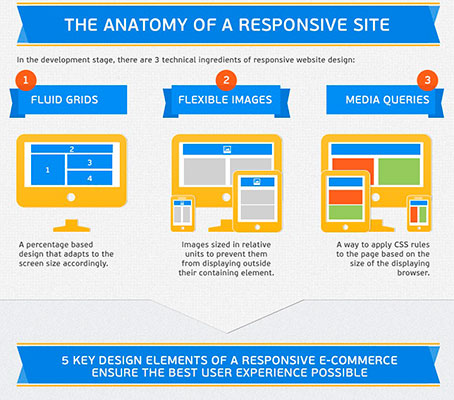Internet Site Style Basics: Tips For Structure A User-Friendly Site
Internet Site Style Basics: Tips For Structure A User-Friendly Site
Blog Article
Web Content Produce By-Aguirre Secher
When it concerns site design, making certain user-friendliness is key. From receptive layout to structured navigating, every element plays a vital function in developing a website that caters to your target market's needs. But what regarding the better information that can make or break a user's browsing experience? Remain tuned as we reveal some often-overlooked tips that can elevate your website's use to the following level, making it truly attract attention in the digital landscape.
Importance of Responsive Style
Receptive layout is a vital facet of contemporary site growth. Guaranteeing your site is receptive methods that it can adapt to different screen dimensions and tools, supplying a smooth experience for customers.
With the boosting use of mobile phones and tablets to access the web, having a responsive design is essential for getting to a broader target market. It helps in boosting user experience by making your internet site simple to browse and read on any kind of tool.
Additionally, responsive design can favorably impact your online search engine rankings, as internet search engine like Google prioritize mobile-friendly sites. By having a receptive layout, you're also future-proofing your web site, as brand-new gadgets with differing screen sizes remain to emerge.
Simplify Navigating Framework
To boost user experience and assist in simple access to info on your web site, simplifying the navigation framework is extremely important. When making your website, focus on producing a clear and user-friendly navigating food selection that assists visitors discover what they're trying to find swiftly.
Limitation the variety of food selection things to the essentials, grouping associated pages with each other to stay clear of frustrating users. Use descriptive tags that clearly suggest the material of each web page, making it much easier for users to recognize where each web link will certainly take them.
Consider executing dropdown food selections for subcategories to avoid jumbling the major navigating bar. In addition, include a search bar prominently on the page for users who like searching for specific information.
Focus on mobile responsiveness in your navigation design to make certain simple gain access to on all devices.
Maximize Web Page Lots Speed
Improving page lots speed is essential for maintaining site visitors on your site. Slow-loading web pages frustrate users and can result in high bounce rates. To optimize page load speed, begin by enhancing photos. Compress Click At this website without endangering top quality to decrease their data dimensions.
In addition, enable internet browser caching to save regularly accessed sources in your area, quickening tons times for returning site visitors. Minify CSS, JavaScript, and HTML files by removing unneeded personalities, remarks, and formatting, boosting lots speed.
Take into visit the up coming website making use of a web content delivery network (CDN) to disperse your website's material throughout numerous servers worldwide, decreasing latency for users accessing your website from various places. Finally, restrict the use of third-party manuscripts and plugins, as they can considerably impact lots times.
Final thought
To conclude, by incorporating responsive layout, streamlining navigating, and maximizing web page lots speed, you can create an user-friendly website that appeals to a bigger audience and enhances individual experience. These essential elements make sure that site visitors can easily accessibility and navigate your site across different gadgets, bring about boosted engagement and contentment. By focusing on these key aspects, you can construct an effective web site that maintains users coming back for even more.
